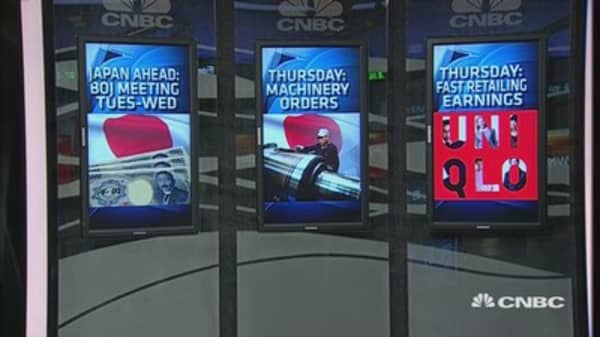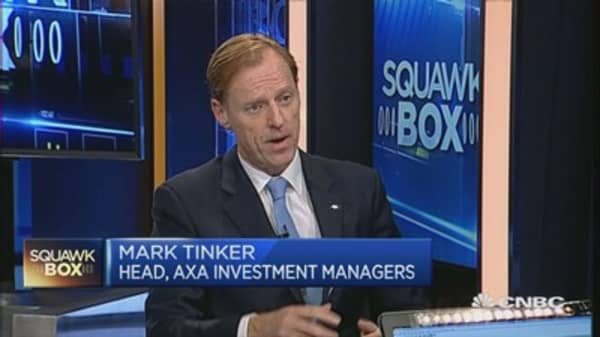Make no mistake: Widely publicized jeremiads about emerging markets are mainly referring to East Asia's developing economies. Luckily, they are totally wrong.
None of the major East Asian emerging economies are close to negative growth. In the second quarter of this year, these economies were growing at annual rates between 2.2 percent and 5 percent. And I am not including here the small economies of Myanmar and the Philippines with stellar growth rates of 10 percent and 7.4 percent, respectively.
East Asia's trade and budget balances also look good. With the exception of Indonesia, all the emerging economies of the area are running trade surpluses ranging (at annual rates) from $8.8 billion to $104 billion. And most of them show roughly balanced public sector accounts.
What should one think then of the Washington experts' forecasts that the emerging markets will see a $540 billion net capital outflows in the course of this year?
That estimate may be true with regard to the emerging East Asian economies. But that is exactly as it should be because their total current account surplus – presently running at an annual rate of $578.6 billion – has to be offset by capital account outflows (deficits).
Read MoreWorld Bank cuts East Asia growth forecast...again
Remember, the balance-of-payments has to balance, i.e., it has to be equal to zero.
Dr. Manmohan Singh's advice
As I have written in earlier columns, East Asia is the world's largest capital exporter. With their excess savings of $578.6 billion, emerging East Asian economies are financing nearly two-thirds of an estimated global current account deficit of $948.4 billion.
That used to infuriate India's former Prime Minister (and a highly trained economist) Manmohan Singh, who was telling Asians to invest their savings in Asia, instead of piling on foreign IOUs.
In view of the evidence, Dr. Singh's call did not find a receptive audience in East Asia. Deeply traumatized by the Asian financial crisis in the late 1990s, policy makers in the region still cling to the belief that savings exports, and unnecessarily large foreign currency reserves, are symbols of economic virtue.
Like most myths in economics, this one is dying hard, too. So, let it be.
But instead of lamenting the slowing emerging market economies, the IMF, the World Bank, and perhaps also the U.S. Treasury, should invite East Asia to get off the export gravy train and use excess savings to generate more growth from domestic demand.
Can East Asia do that – safely? Of course it can.






